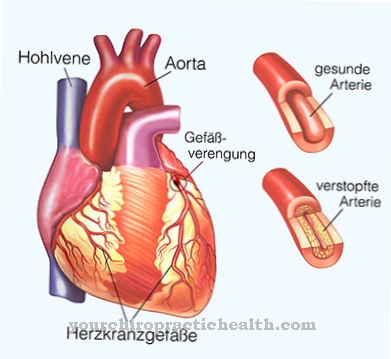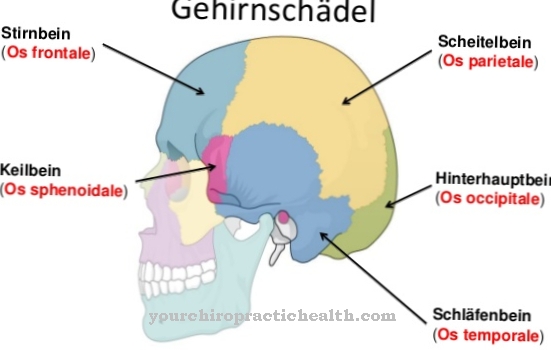One of the highlights of any pregnancy is of course the moment when the first time Child movements be felt in the womb. In the first pregnancy, these are often not recognized as such, as they usually express themselves as a kind of flutter in the stomach.
First movements on the ultrasound
With the help of an ultrasound examination it can be determined exactly which movements the unborn child is making in the womb. Most babies are already active before the mother even notices. Usually the Child movements between 7th and 8th week, the baby flinches or may turn sideways.
Around the 9th week of pregnancy, it gets hiccups, moves legs and arms, swallows and sucks. In the 10thDuring the week, the fetus is able to turn or bend its head, touch the face with its hands, stretch and open its mouth. A week later, the baby can already yawn and move his eyes from the 14th week of pregnancy.
When do you feel the first movements in the womb?
During the first pregnancy, the child's first movements are usually felt between the 18th and 20th week of pregnancy. In the case of a second pregnancy, the signs are already known, so that the movements can usually be felt between the 15th and 18th week of pregnancy.
Child Movements During Pregnancy
In the course of time, the movements become more regular and vigorous, but the child does not move constantly because it also needs breaks and sleeps. In addition, many movements are only very brief and cannot then be felt by the mother.
Between the 20th and 24th week of pregnancy the baby becomes more and more active, so the mother should be prepared for many kicks and somersaults. Sometimes the mother doesn't feel anything for a day, which is quite normal.
Between the 24th and 28th week of pregnancy, babies often have hiccups, which feel like fidgeting. In the meantime, 750ml of amniotic fluid has accumulated in the amniotic sac, so that the unborn child can move very freely. Even when the baby is frightened, it begins to wriggle wildly.
In the 29th week, the movements become more noticeable, but smaller, as the uterus does not offer as much space.
The child is also very active in the 32nd week of pregnancy, which sometimes even causes real pain. Then the mother notices less movement, but this is normal because it is slowly becoming very tight in the stomach.
Around the 36th week, the baby will turn to get into the ideal position for delivery. In the optimal case, it then lies upside down in the uterus and is held in place by the muscles of the abdomen or the uterus. During this time, the baby often bumps around with feet and hands and the mother sometimes gets painful kicks in the ribs.
Between the 36th and 40th week, the rolling and turning decrease because the baby is already relatively large. If she sucks her thumb and then the finger slips out of her mouth, the mother feels a quick and stabbing movement. In the last few weeks the movements have been very slow, but the mother can feel kicks on the side or on the ribs. If the abdominal wall is very thin, even the footprint on the abdomen will be visible.
In the last few weeks the baby has also slipped very deeply into the pelvis and is now ready for birth. At this stage, it often sleeps and then becomes active again. The baby's active time is often in the evening and this rhythm is maintained for some time after the birth, until day and night can be distinguished.
No movement is always a cause for concern
Sometimes mothers do not notice their child's movements because they were busy with something else. If you want to be sure that everything is in order, you can use a few tricks to encourage the unborn to move. To do this, the mother can lie on her side and then remain in this position for a while.
Another option is to put your feet up and relax or play music to your stomach. If the child moves now, there is no need to worry, otherwise a midwife or doctor can be called.
Your child also needs sleep in the womb
In the second trimester, the unborn baby begins to develop its own sleep-wake rhythm. Music or loud noises can also wake the baby up. From the 25th week different sleep phases can be observed, with deep sleep and REM phases alternating.
In deep sleep, the unborn child's heartbeat is very regular and hardly any movements can be felt. These phases get longer and longer as the pregnancy progresses.
Counting child movements - yes or no?
As long as the mother is also active, the child's movements are not perceived as strongly as in phases of rest or sitting. The unborn baby's sleep-wake rhythm is very different, so you don't have to expect a certain number of kicks per day. In the course of pregnancy, however, the mother adjusts to the movement pattern of the unborn child and then also knows what is normal.

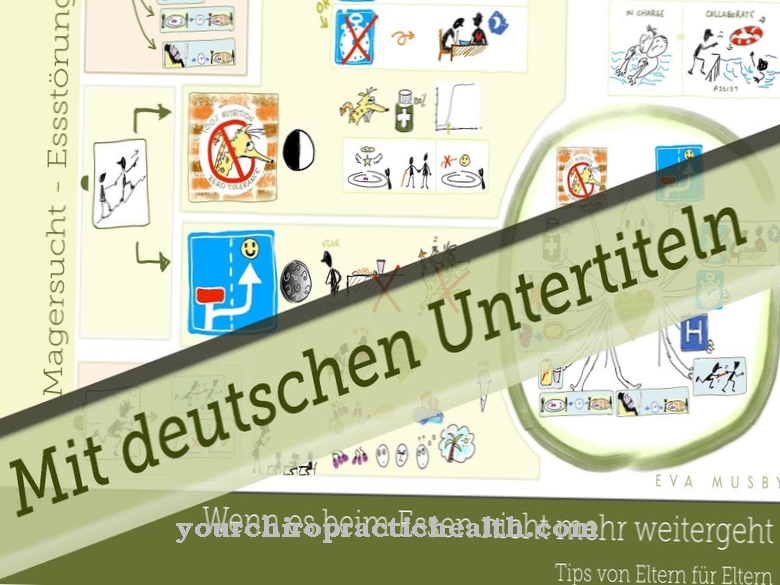
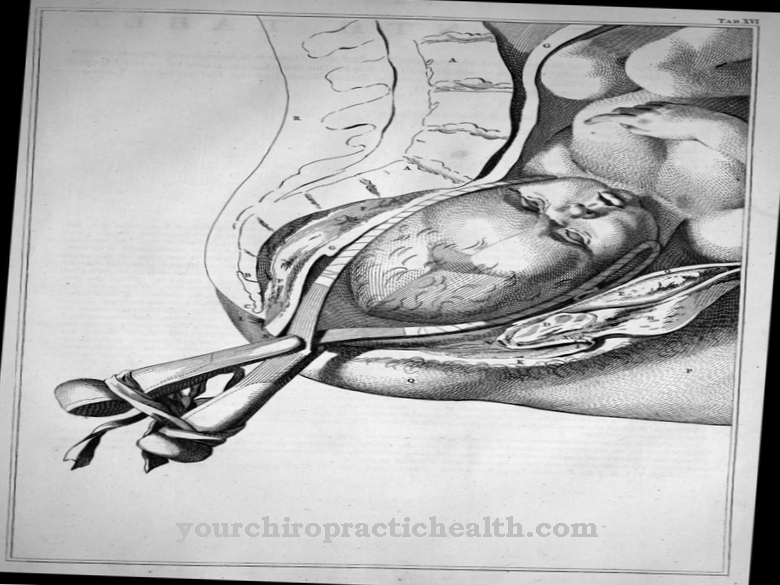

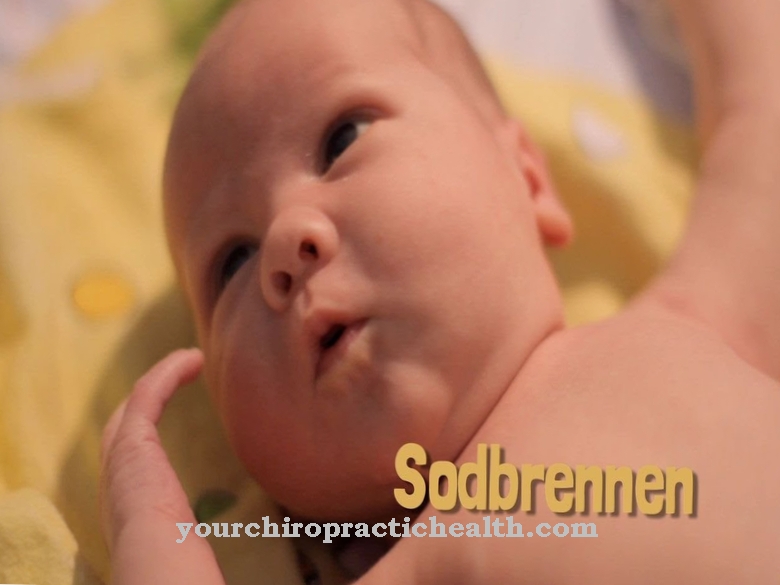



.jpg)








